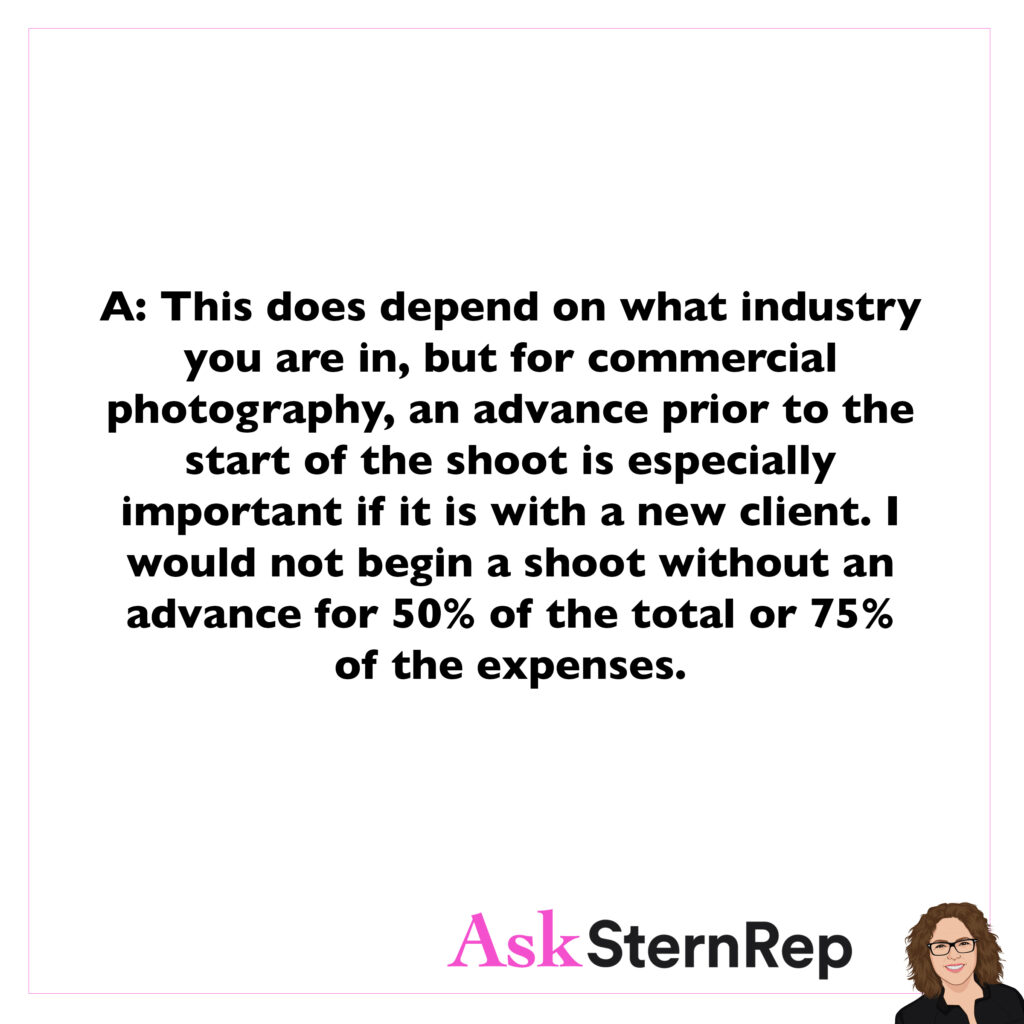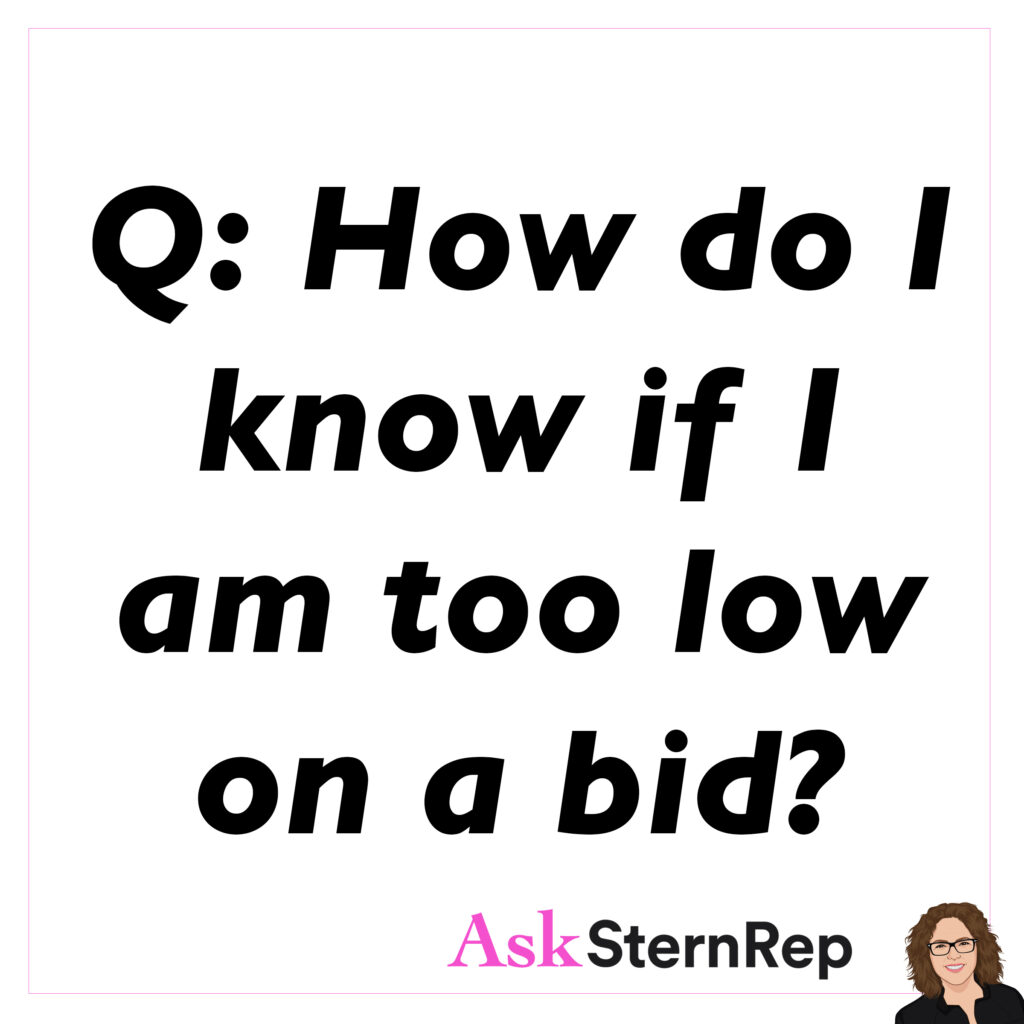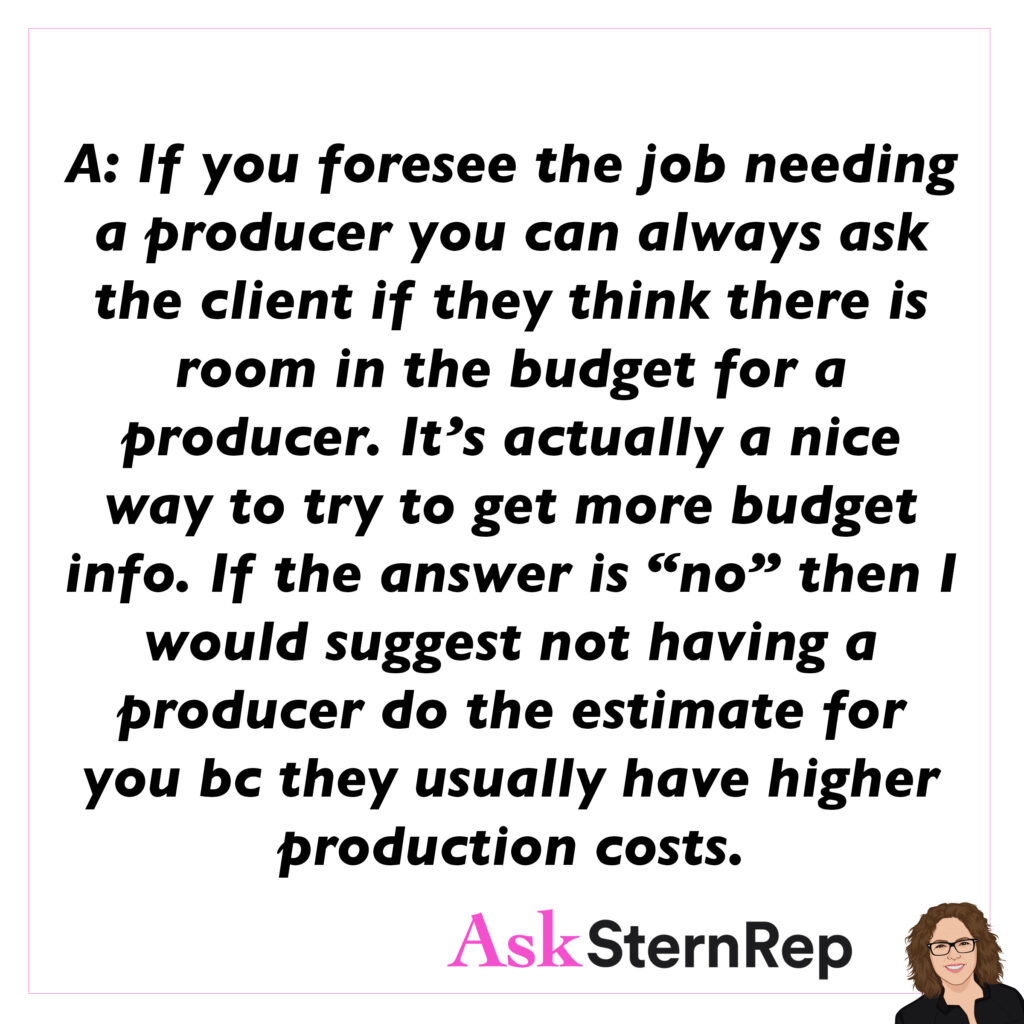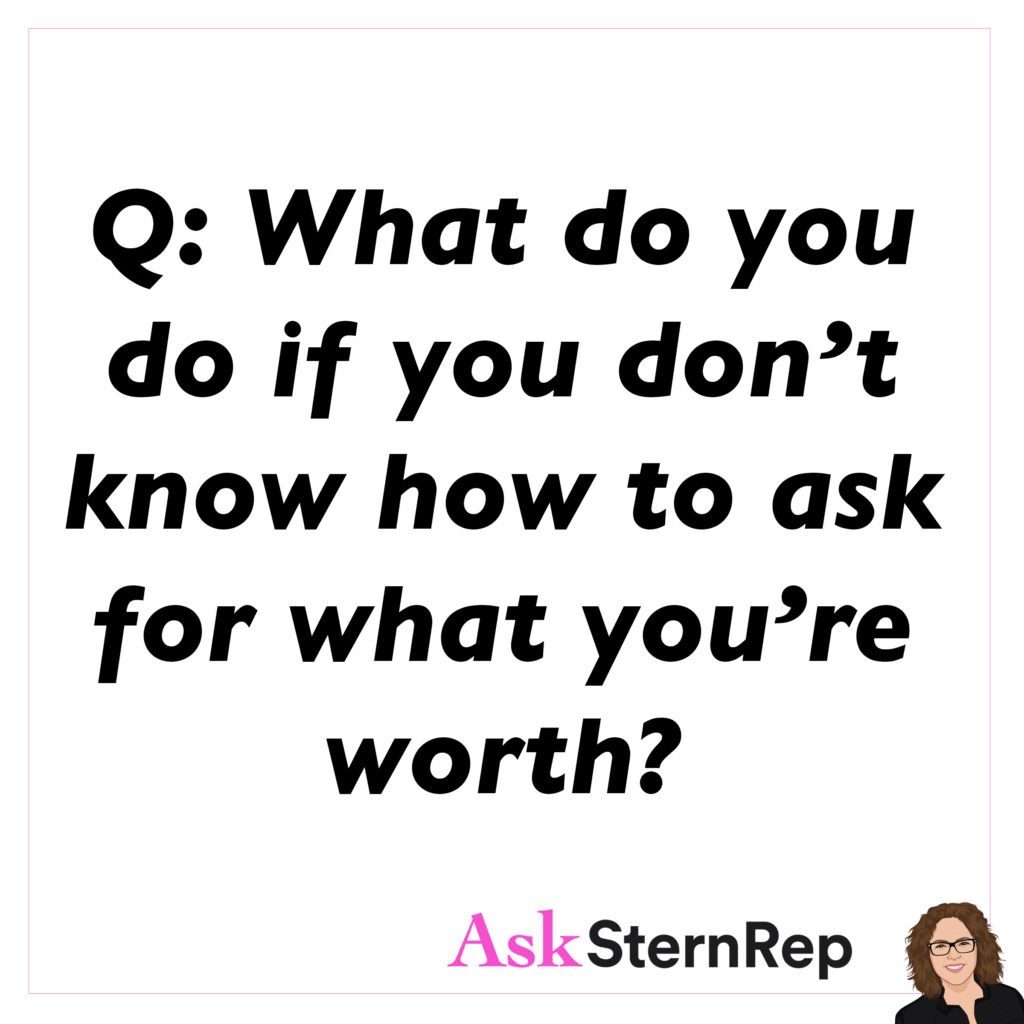Our business can sometimes feel like a game of chess. And as they say, you can’t win if you don’t play. So be in it to win it!
This came from something I’ve been noticing lately. When people, especially clients, ask for something—things we didn’t have to do in the past—it now seems like there’s a trend where we need to give more than what’s asked of us. Whether it’s in the bid, the treatment, or even on a creative call, we go beyond. We even pay people to get the resources we need, as if we’ve already got the job. Go beyond what’s required; it’s a game, and you’ve got to be in it to win it. I mean it. Find the resources you need, and give them not just what they want, but more than they even think they want. Show up with more than they could ever imagine.














